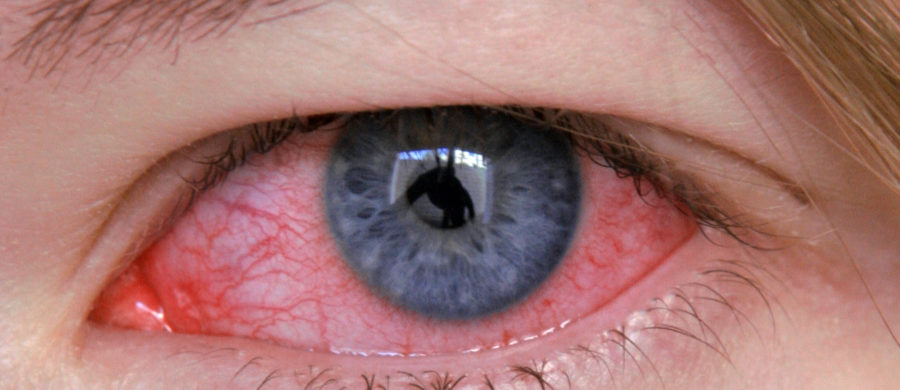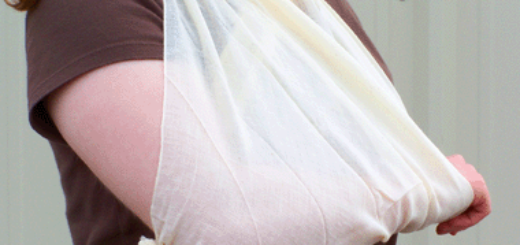First Aid Treatment for Conjunctivitis (Pink Eye)
Inflammation of the membrane lining the eyelids and covering the eyeball (conjunctivitis) is one of the most common eye conditions affecting both adults and children. Symptoms frequently begin in one eye but usually spread to both within a day or two. The eyes are red and the eyelids are often swollen. In addition, the eyes may develop an oozing discharge that blurs the vision and may glue the eyelids together, particularly during sleep. The eyes are often itchy and sensitive to light, but usually not painful.
What is the cause of conjunctivitis?
Conjunctivitis is often caused by viral infections. Bacteria are another frequent cause. Allergies, injury and contact with chemicals or noxious vapors can also produce the condition.
Babies may contract conjunctivitis during birth if the mother has a sexually transmitted disease such as chlamydia or gonorrhea. Newborn babies may also contract bacterial conjunctivitis. Birth-related eye injuries or blocked tear ducts can cause conjunctivitis as well.
Signs and symptoms of conjunctivitis
The symptoms of conjunctivitis tend to appear suddenly. Look for constant eye rubbing, watery red eyes and sticky eyelids, particularly in the morning. The person may say they feel a grain of dust or an eyelash in the eye.
Seeking medical advice
Although mild conjunctivitis may resolve without treatment, medical evaluation is needed to rule out potentially severe infections involving the cornea. If conjunctivitis is diagnosed and treated promptly, it usually clears without significant complications.
Treatment for conjunctivitis
Bacterial conjunctivitis is usually treated with local application of antibiotic drops or ointment. Allergic conjunctivitis may be treated with antihistamine eye drops or ointment. Most viral conjunctivitis usually needs no treatment. If the eye infection is caused by the herpes virus, the cornea will also be involved. This rare condition requires therapy with the antiviral drug acyclovir.
If a newborn has conjunctivitis, the doctor will remove some cells from the lining of the eyelid and grow them in a culture medium to determine the exact cause, so that appropriate treatment can be prescribed.
Never use ointments containing corticosteroids against conjunctivitis without consulting a doctor. They may relieve symptoms dramatically when the condition is due to allergy, but in some bacterial and viral infections of the eye, they aggravate the disease and cause irreversible damage.
How to give eye drops to children
Children and babies are commonly affected by conjunctivitis. Giving them prescribed eye drops or ointment can be challenging.
- Lay the child face-up on a flat surface.
- If necessary, get someone to help hold the child’s head still.
- Ask the child to look up. To get an infant to look up, dangle a colorful object over the top of the head.
- Use one hand to pull the eyelid down.
- Rest the hand holding the dropper or tube on the child’s forehead to reduce movement.
- Turn your wrist so that the dropper or tube is over the eye and release the prescribed amount of medicine into the space between the eyeball and the eyelid.
- Instruct the child to keep her lids closed for a few seconds.
- Place eyedrops in the inner corner of an infant’s eyes if they are tightly closed. The medicine will flow into the eye when the eyelids open.
- Wait until an extremely resistant baby goes to sleep to apply ointment. Pull down the lower lid and place the ointment on its inner surface.






